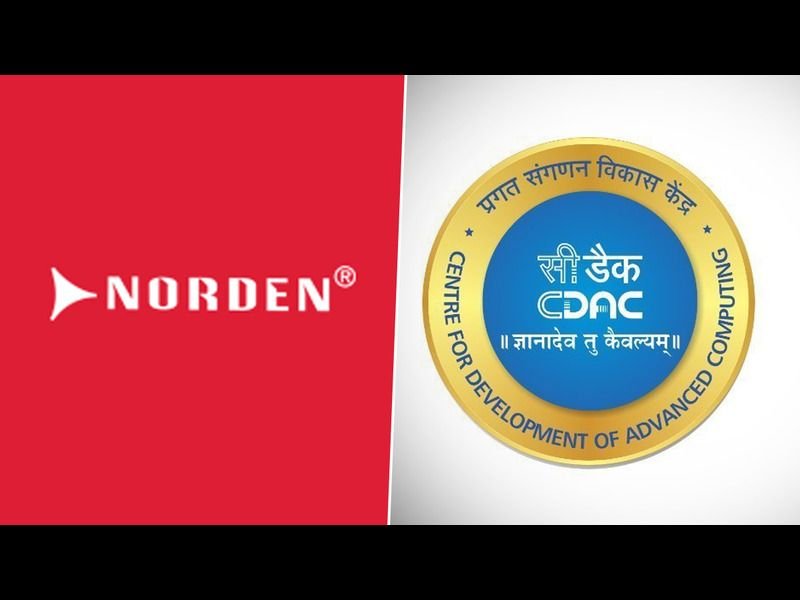UK-based Norden Communication has partnered with the Centre for Development and Advanced Computing (C-DAC) to develop AI-based general purpose thermal cameras for security and industrial applications in India. The collaboration supports the Make-in-India initiative and enhances surveillance technology.
What are thermal cameras?
Thermal cameras are devices that capture infrared radiation emitted by objects and convert it into visible images. They can detect heat signatures even in low-light, foggy, smoky, or snowy conditions. Thermal cameras are used for various purposes such as monitoring traffic, wildlife, border security, oil and gas pipelines, solar farms, and more.
How did Norden and C-DAC collaborate?
Norden Communication is a UK-based company that specialises in the manufacture and distribution of extra-low voltage solutions. C-DAC is a research and development organisation under the Ministry of Electronics and Information Technology (MeitY). C-DAC has developed the hardware of the general purpose thermal camera, while Norden has added some analytics on top of it. The two entities have entered into an exclusive Transfer of Technology (ToT) agreement, where Norden will produce, market, sell, and implement the thermal camera in India.
What are the benefits of the thermal camera?
The general purpose thermal camera, powered by artificial intelligence, is a smart camera tailored for industrial applications. It ensures data accuracy in diverse light and weather conditions, making it a versatile solution for various sectors such as national highways, defence, oil and gas, border areas, forests, solar farms, and more. Notably, these thermal cameras excel in penetrating snow, thanks to their capability to detect infrared radiation, enabling the capture of heat signatures even in cold and snowy environments.
When will the thermal camera be available in India?
According to Prashant Oberoi, Director – India and SAARC of Norden Communication, the company expects to start shipment of “Made In India” thermal cameras within six months. “It will be manufactured in India. Though location is yet to be finalised, we are hoping shipments will start in the next two quarters,” Oberoi said. The company also plans to export the thermal cameras to other countries.
Recent Blog : Tata Power to Take Over Jalpura Khurja for Rs 838 Crore
